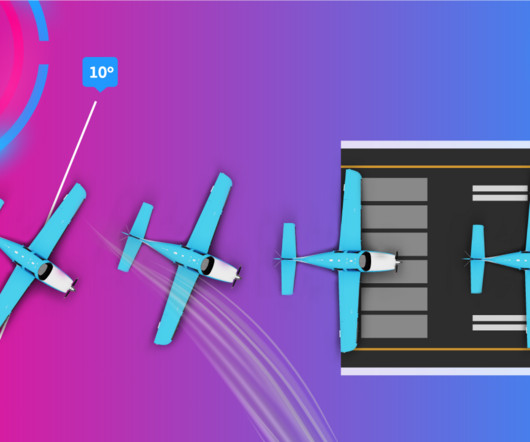The Easy Way to Start Your Journey as a Pilot
Pilot Institute
NOVEMBER 16, 2024
Flight training usually consists of ground school and practical flight instruction. Ground school provides the required knowledge in areas such as aircraft systems, aviation weather, flight planning, navigation, FAA regulations, and radio communications. Flight planning : Calculating time, distance, and fuel needs.











Let's personalize your content